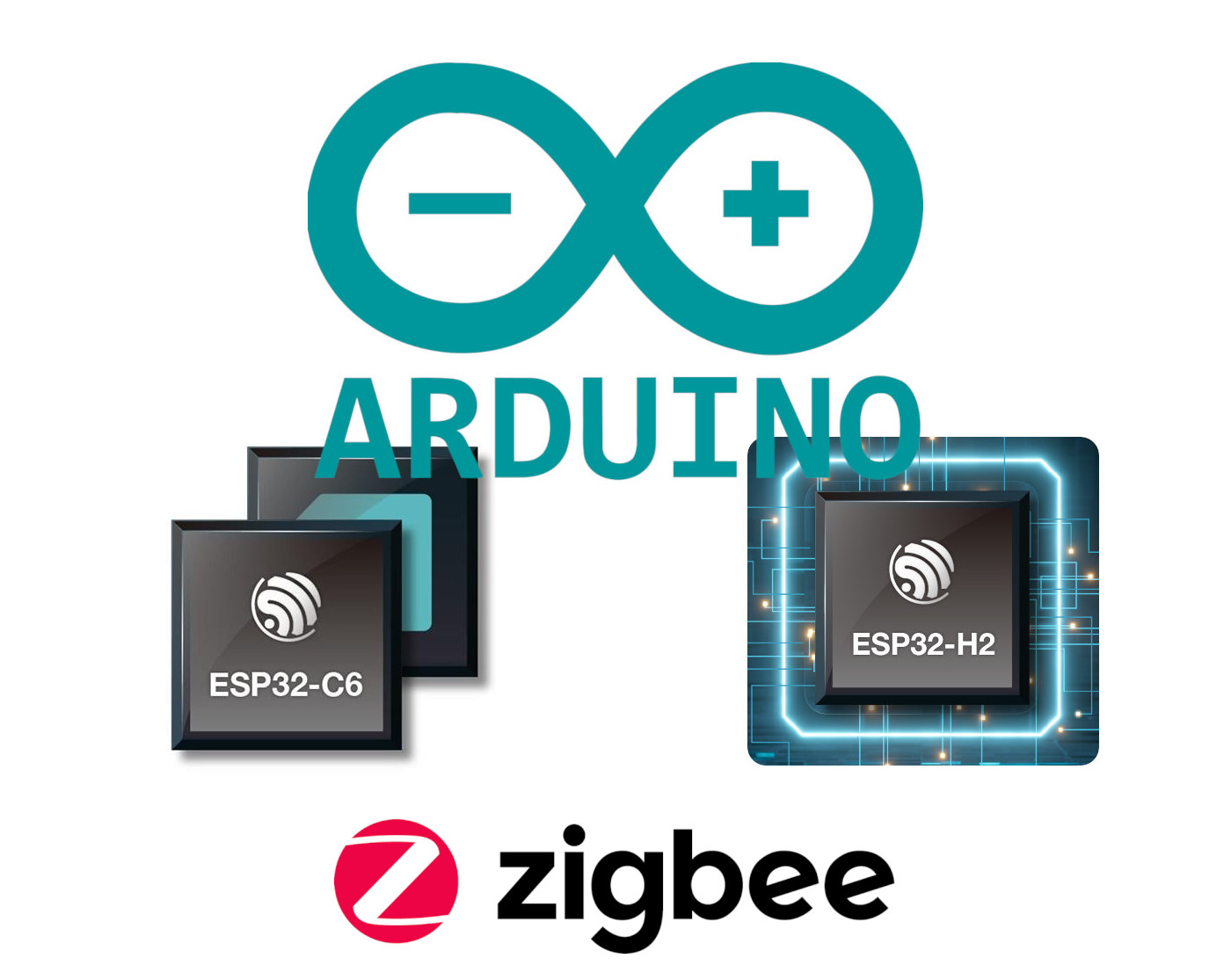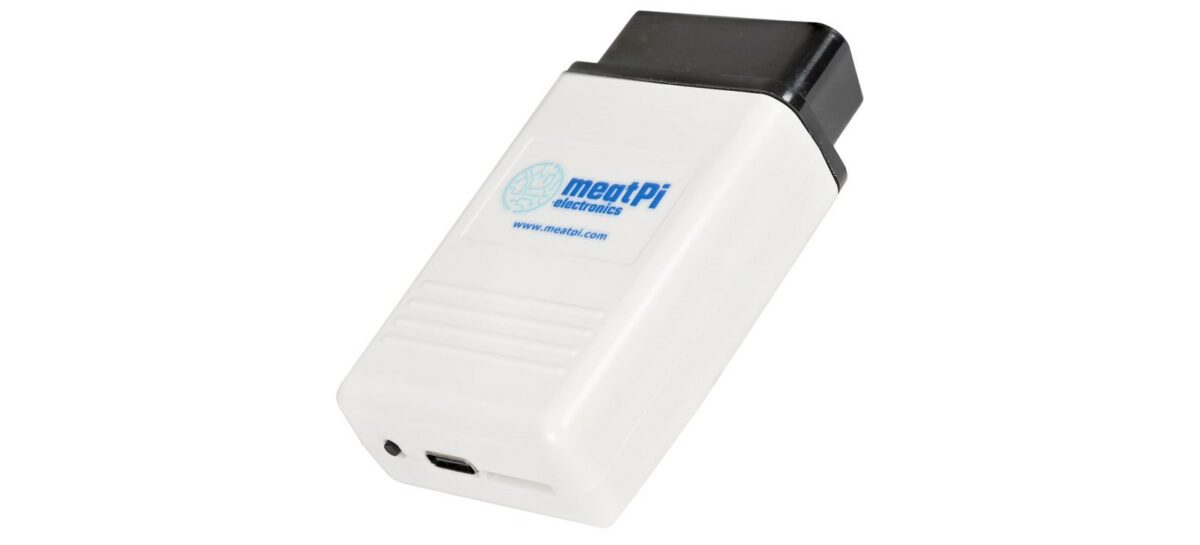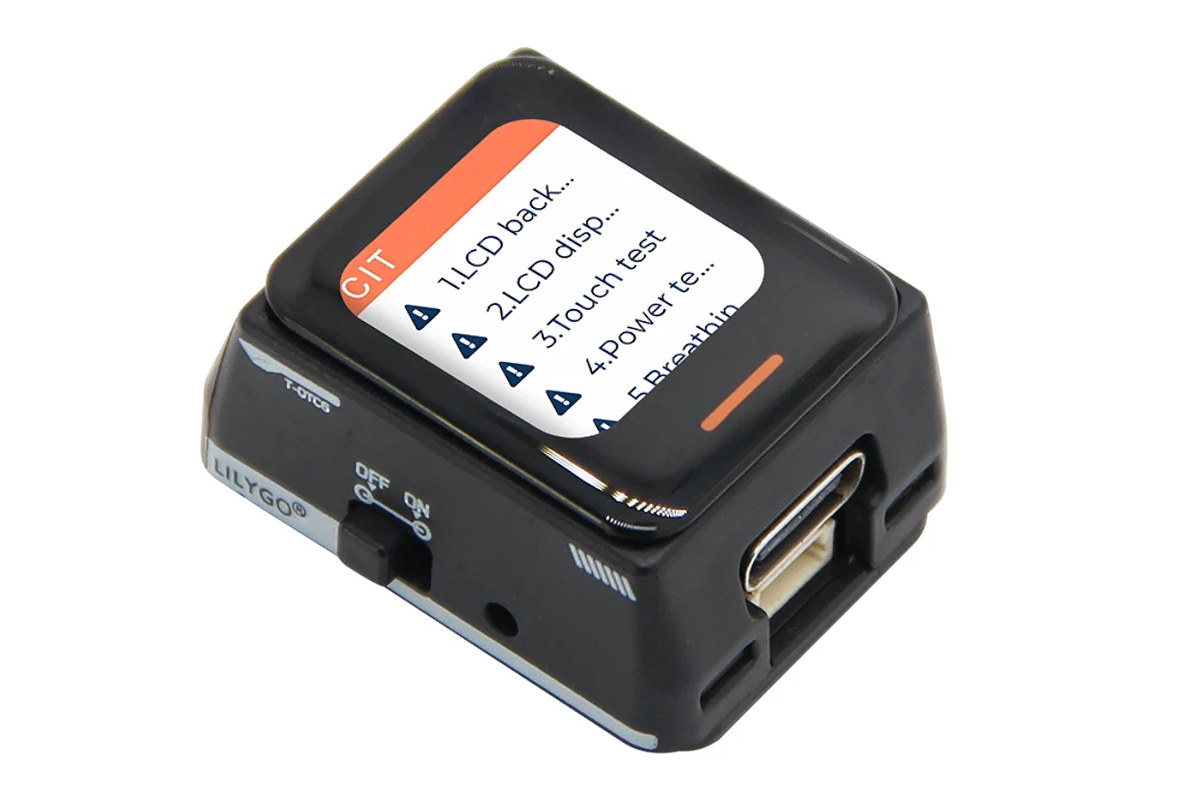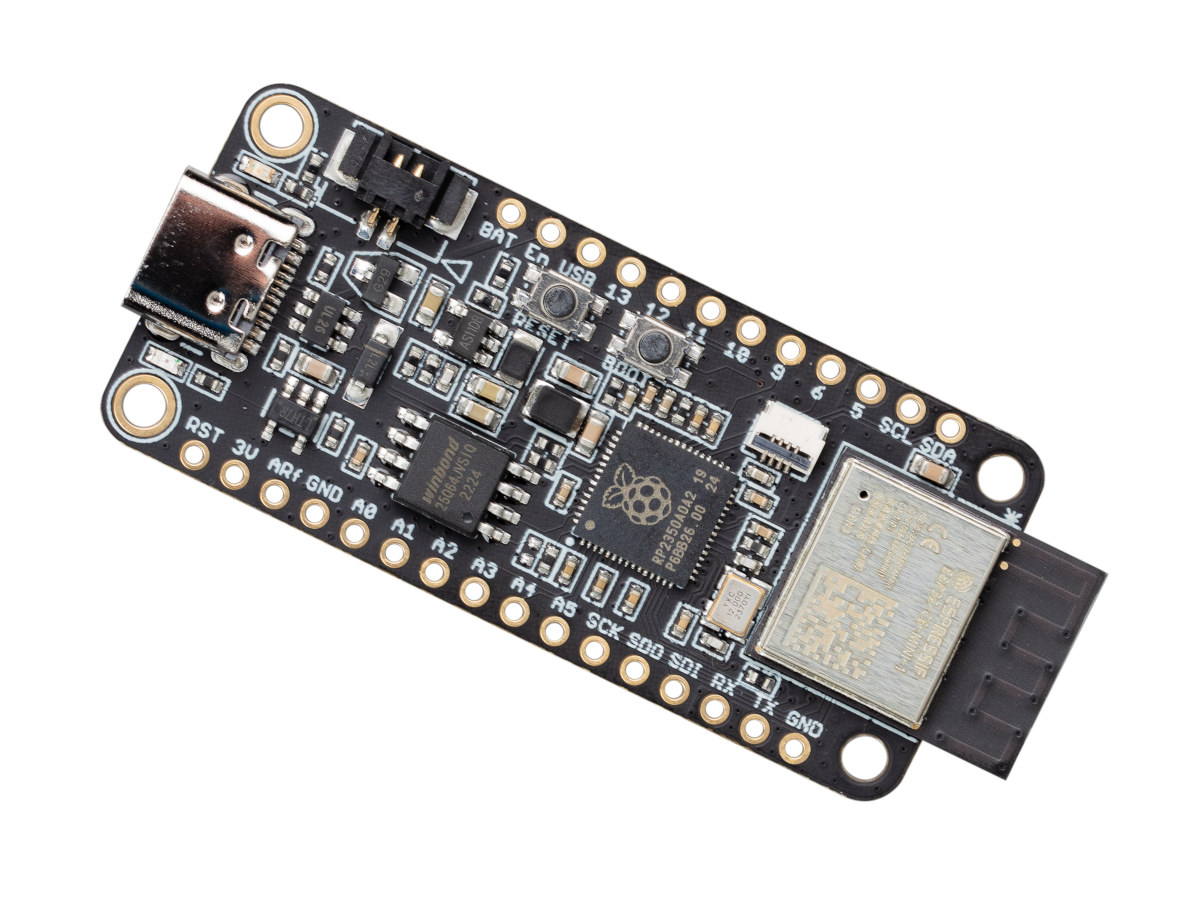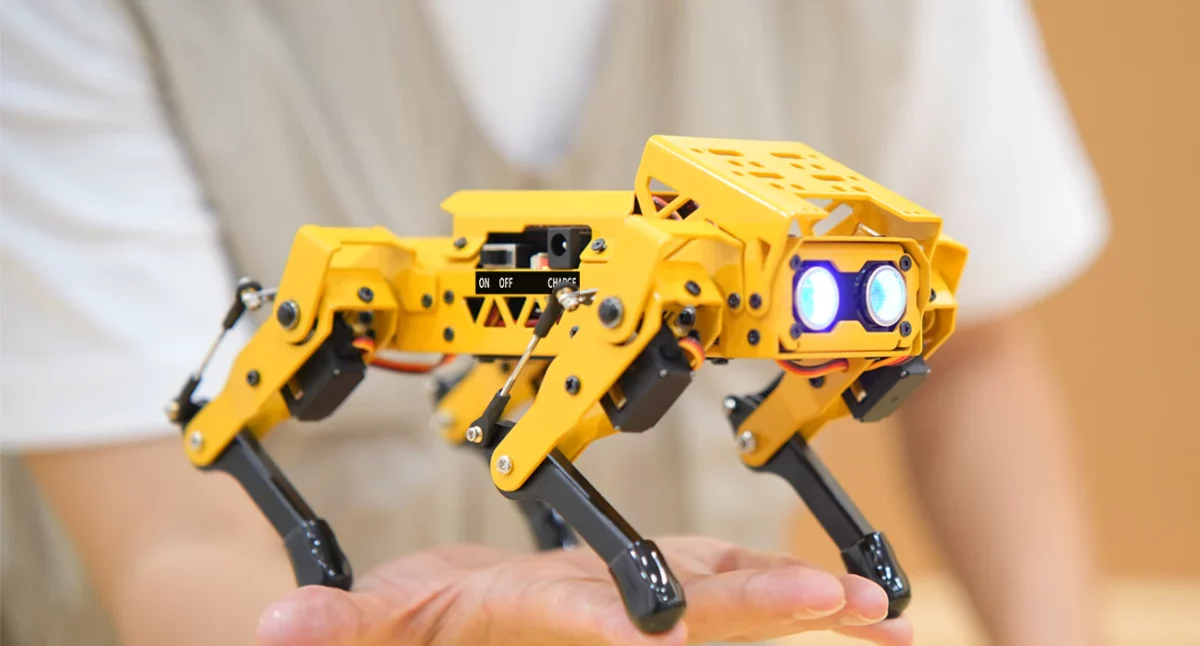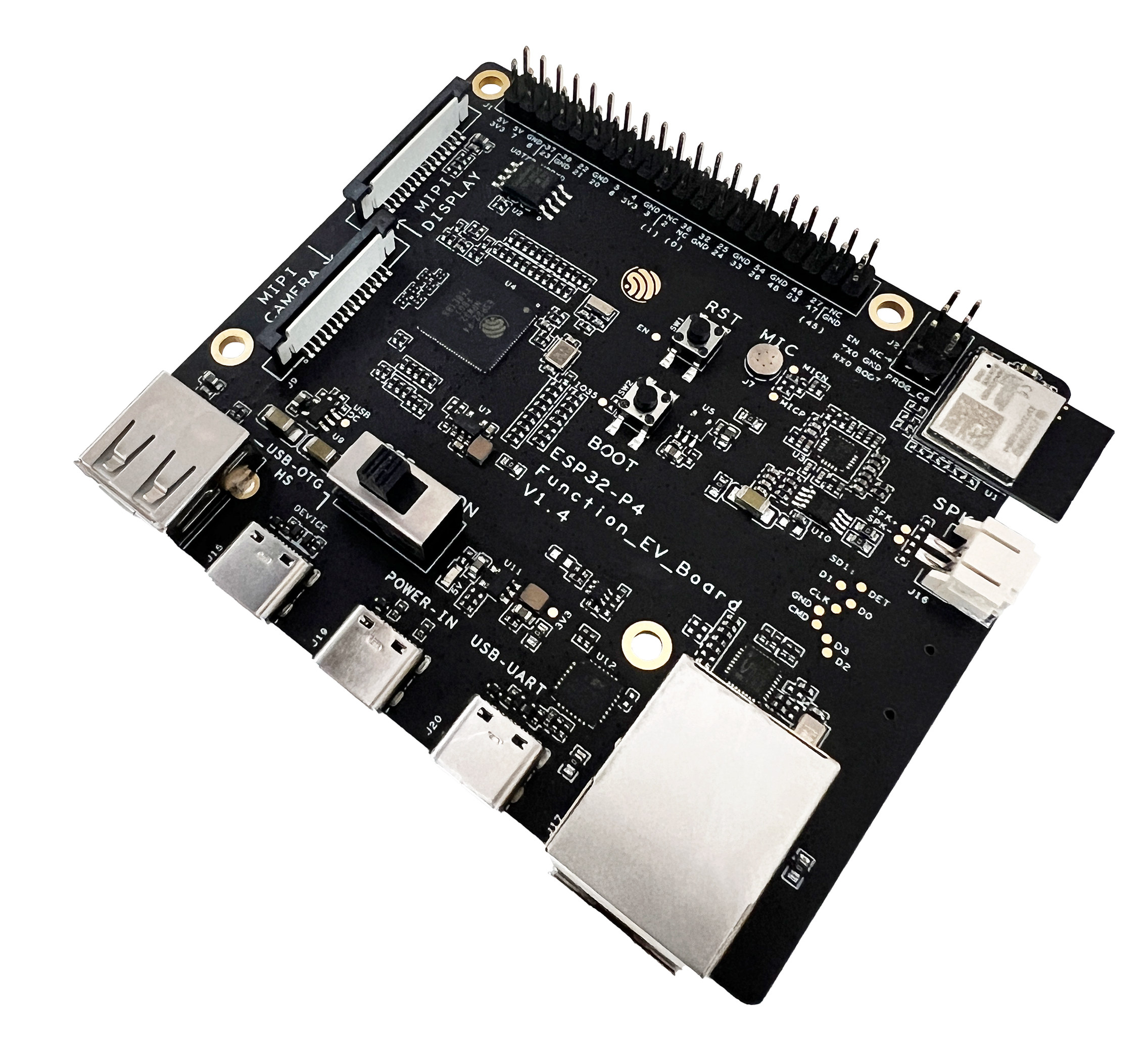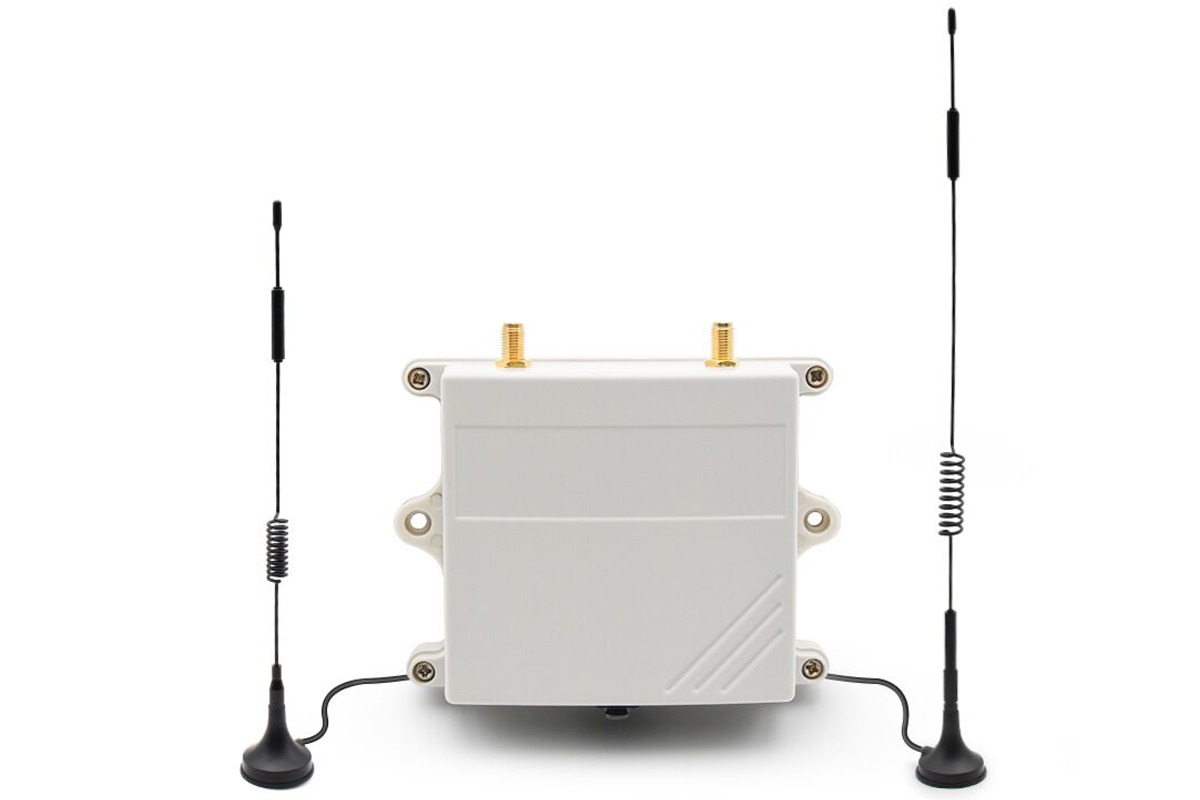Some of the newer Espressif Systems wireless SoCs such as the ESP32-H2 and ESP32-C6 support Zigbee through their built-in 802.15.4 radio. It’s been working since the release of the ESP-IDF 5.1 framework along with the ESP-Zigbee-SDK for a while, but Arduino support was less straightforward. But this is about to change as an Espressif engineer nicknamed P-R-O-C-H-Y has recently added a Zigbee wrapper library for the ESP-Zigbee-SDK to Arduino Core for ESP32 that works with ESP32-C6 and ESP32-H2 as standalone nodes and other SoC can be used as radio co-processor attached to an RPC (802.15.4 radio layer). The wrapper library currently supports the following: Zigbee classes and all Zigbee roles Zigbee network scanning Allow multiple endpoints on the same Zigbee device (not tested yet) Supported Home Assistant devices On/off light + switch Color Dimmable light + switch Setting Manufacturer and model name Other tasks currently planned include supporting “Temperature sensor […]
WiCAN Pro – An ESP32-S3-powered OBD scanner for vehicle diagnostics with Smart Home integration (Crowdfunding)
MeatPi Electronics introduced the WiCAN Pro, an ESP32-S3-based OBD scanner, and the successor to WiCAN-OBD. Equipped with an OBD-II interface IC, it provides full support for all legislated OBD-II protocols. It offers compatibility with multiple CAN Bus protocols, including three standard CAN Bus and single-wire CAN Bus. The previous generation WiCAN module came in an OBD or USB-based version. The WiCAN Pro only has an OBD interface, but another significant difference from the previous product is that it features a USB host port. This port can power USB devices up to 1.5 amps at 5 volts and enables capabilities like adding GPS or cellular-based radios, like with meatPi’s ESPNetLink add-on. WiCAN Pro specifications: Wireless Module – ESP32-S3-WROOM-1-N16R8 SoC – Espressif Systems ESP32-S3R8 dual-core Tensilica LX7 @ up to 240 MHz with vector instructions for AI acceleration, 512KB RAM, 8MB PSRAM Storage – 16 MB flash Wireless – 2.4 GHz WiFi […]
$119 MoreSense MS-06 air quality monitor features a Sensirion SCD40 sensor and an ESP32-S3 MCU
The MoreSense MS-06 is an ESP32-S3-based air quality monitor that takes CO², temperature, and humidity readings through a Sensirion SCD40 sensor which offers reliable performance and a lifespan of more than ten years. The MS-06 monitor’s results are identical to the Aranet4’s (considered best-in-class), putting it in a pretty good spot accuracy-wise. It is the latest entry in the MoreSense line of air quality monitors and comes with a more compact design and a touchscreen display. The built-in web server runs an interface that displays measurements, historical data visualizations, setup options, and firmware updates. Operation is completely local; sensor data can be stored on the device or a microSD card. The MoreSense MS-06 air quality sensor can be used to control a ventilation system, contributing to significant energy savings. This can be achieved through your home automation system or by using a smart plug. MoreSense MS-06 specifications: Microcontroller – ESP32-S3 […]
LILYGO T-QTC6 – An ESP32-C6 IoT controller with a 0.85-inch touchscreen LCD
LILYGO T-QTC6 is a cute little IoT controller based on an ESP32-C6 WiFi 6, Bluetooth 5.4 LE, and 802.15.4 wireless microcontroller and a 0.85-inch touchscreen color LCD that can be powered via USB-C or a LiPo battery with the board also supporting charging. The device, sometimes called “T-QT C6” (with a space), also comes with an 8-pin female connector with five GPIOs and a Qwiic connector for UART modules. It’s another addition to the T-QT family with ESP32 wireless microcontrollers and a tiny 0.85-inch display such as the T-QT Pro or the T-QT V1.1. But note that those are development boards, while the T-QTC6 feels more like a complete device. LILYGO T-QTC6 specifications: Wireless Module – Espressif Systems ESP32-C6-MINI-1U SoC – ESP32-C6-FH4 32-bit RISC-V microprocessor up to 160 MHz with 320KB ROM, 512KB HP SRAM, 16KB LP SRAM, 4MB flash Memory – 4MB PSRAM (TBC) Wireless 2.4 GHz WiFi 6 […]
Challenger+ RP2350 WiFi6/BLE5 board combines Raspberry Pi RP2350 MCU with ESP32-C6 WiFi 6 and Bluetooth 5.4 LE module
You don’t need to wait for the Raspberry Pi Pico 2 W to get a Raspberry Pi RP2350 board with WiFi and Bluetooth thanks to the Challenger+ RP2350 WiFi6/BLE5 board that combines an RP2350A microcontroller with an ESP32-C6 module offering 2.4 GHz WiFi 6 and Bluetooth 5.4 LE connectivity. The board follows the Adafruit Feather form factor with 28-pin through holes for I/Os making it compatible with FeatherWings add-on boards. It comes with a USB-C port for power and programming, and a JST connector plus a charging circuit for people wanting to connect a LiPo battery. Challenger+ RP2350 WiFi6/BLE5 specifications: Microcontroller – Raspberry Pi RP2350A MCU CPU Dual-core Arm Cortex-M33 processor @ 150MHz Dual-core 32-bit RISC-V processor @ 150MHz Only two cores can be used at a given time Memory – 520KB internal RAM 8KB OTP Storage Package – QFN-60; 7×7 mm Memory – 8MB PSRAM Storage – 8MB SPI […]
MechDog AI Robot Dog features ESP32-S3 controller, supports Scratch, Python, and Arduino programming
Hiwonder’s MechDog is a compact AI robot dog powered by an ESP32-S3 controller that drives eight high-speed coreless servos. It features built-in inverse kinematics for precise and agile movements and has ports for various I2C sensors such as ultrasonic and IMU sensors. The robot is equipped with a durable aluminum alloy frame and a removable 7.4V 1,500mAh lithium battery for power. MechDog integrates with the ESP32-S3 AI vision module, supporting dual-mode network communication either AP Hotspot Direct Connection Mode or STA LAN Mode so that users can access a designated URL webpage via an app or PC for real-time monitoring using a high-definition camera. Also, this robot dog supports various sensor modules, including a touch sensor, light sensor, dot matrix display, and programmable MP3 module, allowing for secondary development and expansion, offering extensive creative possibilities. Previously, we wrote about the Waveshare UGV AI Rover, which features a 2mm thick aluminum […]
ESP32-P4-Function-EV-Board development board launched for $55 with 7-inch display and camera module
Espressif Systems “ESP32-P4-Function-EV-Board” – the official ESP32-P4 development board – is now available in limited quantities on Espressif’s AliExpress store for $55.44, and some other AliExpress stores at a premium as part of a kit with a 7-inch touchscreen display and a 2MP camera module. First unveiled in January 2023, the ESP32-P4 is the first general-purpose RISC-V microcontroller from Espressif Systems without any wireless connectivity. It’s a high-end microcontroller with two RISC-V cores clocked at 400 MHz, vector instructions for AI acceleration, a 2D graphics accelerator for smooth graphical user interfaces, and H.264 video encoding support. There’s been some buzz about it in recent months, and finally, it’s now possible to purchase an ESP32-P4 board for evaluation and software development. ESP32-P4-Function-EV-Board development board specifications: Microcontroller – Espressif Systems ESP32-P4 CPU Dual-core RISC-V HP (High-performance) CPU @ up to 400 MHz with AI instructions extension and single-precision FPU, 768KB of on-chip […]
Makerfabs SenseLora 4G gateway supports LTE Cat 1 and WiFi 4 connectivity, features solar battery charger
The Makerfabs SenseLora 4G Gateway is a device that collects data from LoRa sensors (like temperature and humidity sensors) and sends that data over a 4G network to a cloud service or directly to your phone via SMS, this is ideal for applications where installing a LoRaWAN device is unnecessary or expensive. The application for this gateway includes monitoring soil humidity in your backyard or greenhouse conditions on your farm. Previously we have written about similar smart agriculture sensors including AgroSense LoRaWAN sensors and WisGate Soho Pro RAK7267 LoRaWAN gateway feel free to check those out if you are looking for LoRa-based agricultural products. Makerfabs SenseLora 4G gateway specifications SoC – Espressif ESP32-S3R8 CPU – Dual-core Tensilica LX7 microcontroller up to 240 MHz with vector instructions for AI acceleration Memory – 8MB PSRAM Wireless – WiFi 4 and Bluetooth 5.0 LE + Mesh connectivity LPWAN connectivity LoRaWAN SX1276 LoRa module Frequencies 868 […]


